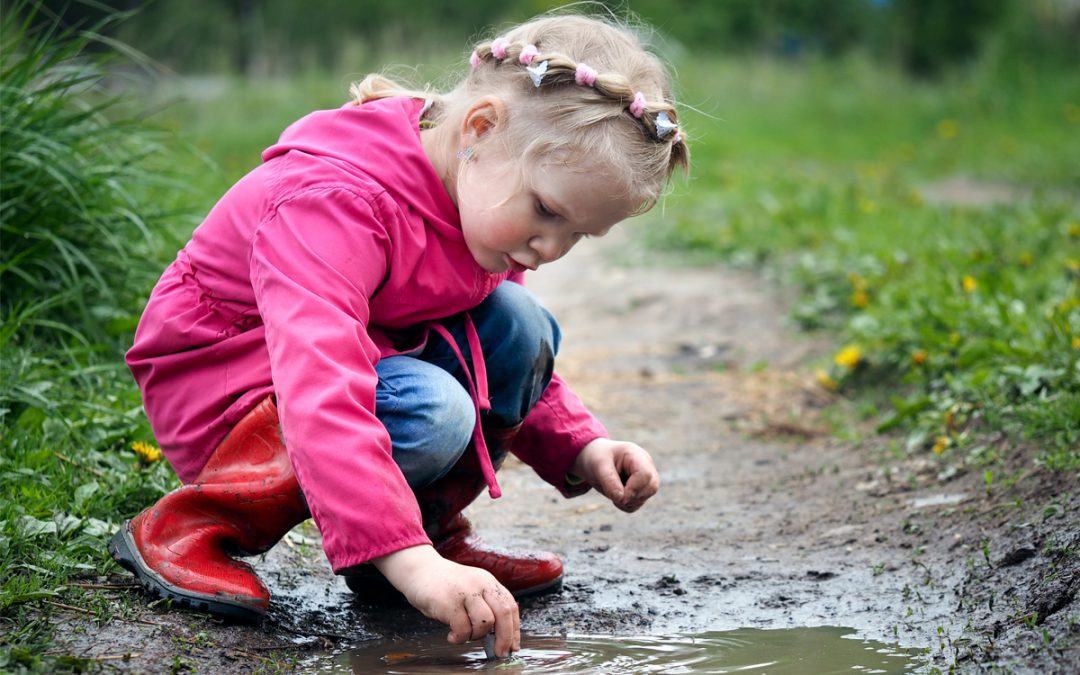Our natural instincts as parents to protect our children
In life, we learn through our experiences and as adults, there are so many things we learn later in life like:
- Learning to drive
- Buying a house
- Navigating a career
- Becoming a parent
Let’s face it, we’re never truly prepared for any big experiences until we are there, in the moment. The key element of successfully learning new skills is to do so in a safe environment with encouragement from others.
For children, the same is absolutely true when it comes to social and personal skills development. There will come a time in every child’s life when it’s important for them to understand the limits of their bodies and when to socially and emotionally stop what they are doing, or to be able to say no.
In order for children to keep themselves safe, they must develop the skill of risk assessment for themselves. This isn’t something that can be taught behind a desk in a classroom, but it can easily be encouraged safely from a young age by providing as much time to play in the outdoors as possible.
Implementing caution when children are playing can sometimes discourage them from exploring the limits of their bodies. This can happen through constant reminders of “no throwing!”, “be careful”, and “that’s not for climbing on! Get down!”.
As parents, particularly first time parents, it can be challenging to allow our children to enter “risky” or “dangerous” scenarios, for the fear of them getting hurt. Of course, it’s our natural instinct to want to protect our children at all times. Despite this, there are indeed a multitude of benefits for your child’s development if you provide them the space and encouragement to safely explore risk in play.
When my youngest child was at nursery there was a weekly visit to the local beach or playpark. At the park, they weren’t allowed on the slide, the swings or the zip-line. At the beach they also weren’t allowed to throw rocks in the water or even go in the water! They were usually allowed to explore the rock pools but there was always the constant cries in the background of “be careful!”.
Restricting children’s movements and limiting their ability to experience risk can cause more harm than good. What children need is to be surrounded by adults who support not only regular outdoor play, but also encourage healthy risk-taking.
Understanding the difference between hazards and risk
In an increasingly digital world where children are spending less time outdoors, especially in a second wave lockdown, there is more opportunity than ever before to watch over our children and warn them off risky activities.
However, if we take away all the risk in play, we’re taking away the opportunity for our children to learn how to do things for themselves.
An important thing to remember is the difference between risk and hazards. According to the Oxford Dictionary, hazards are defined as;
“A potential source of danger.”
Risk on the other hand, is defined as:
“A situation involving exposure to danger.”
The key difference between the two is that hazards present actual plausible danger, whereas risk implies danger but does not guarantee it.
A great example of this is explained in the below video from the Raising Children Network.
In terms of play, “a hazard is something that the child can’t see for themselves that is in their environment that could cause serious injury. For example, when you’re outside playing, a hazard might be a big hole in the ground that is covered up, and you can’t see that it is there. So if you ran, your foot might drop in and it would be likely that you would break your leg.
Whereas, a risk might be that there is a large hole in the ground but a child can see it and they can test how deep it is, and maybe walk on its uneven surface. So if we take away all the risk in play, we’re taking away the opportunity for children to learn how to do things for themselves.”
Encouraging safe exploration of risk and challenge in play
We owe it to our children to provide them the freedom, time and the space they require to explore risk and challenge for themselves. That’s not to say we need to put children in dangerous situations, it’s more about saying that children need to test their own boundaries and limits.
Encouraging safe exploration of risk and challenge in play will help you children develop skills in:
- Problem solving
- Risk management
- Self-confidence
- Resilience
That’s why at Urban Green Design we’re so passionate about helping schools across the country better utilise their outdoor spaces and encourage exploration of risk and challenge in outdoor play.
Read our blog “Why do school grounds matter?” to learn more about how this works in a school setting.
If you would like to find out more about making changes to your outdoor space, or you would like to book a half/full day visit with me, Pauline, please don’t hesitate to get in touch now on 01346 571533 or at pauline@urbangreendesign.org to get the ball rolling.

